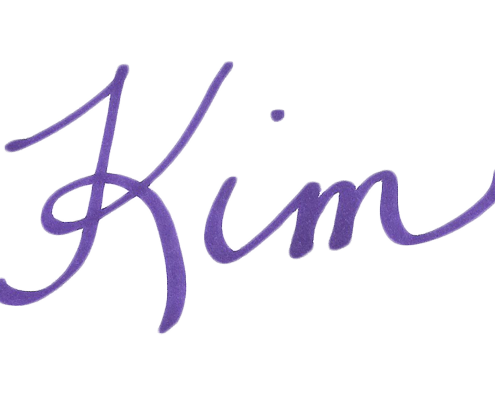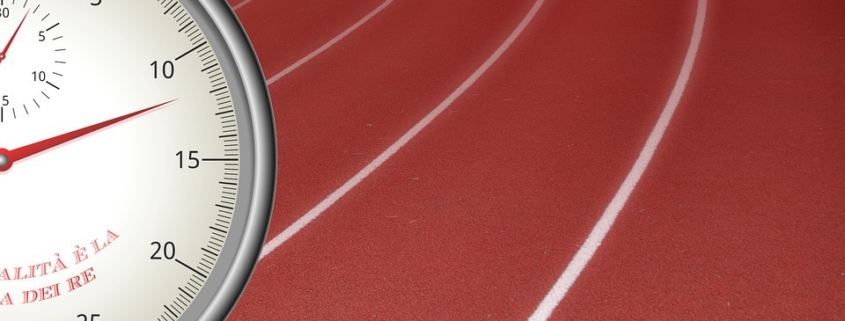Big Tip #3: 5 Big Exercise Tips That Will Keep You Fit For Life
Over the past few weeks, I’ve shared Big Exercise Tips #1 & #2 with you.
I hope you’re finding them helpful.
If you missed them, you can check them out here:
Now, let’s get into Big Tip #3!
Big Tip #3: Keep Exercise Measurable
Sure, many women start exercising because they want to be healthy, but often it’s because they want to lose weight.
It’s been extra hard to lose weight and keep it off in their midlife years, so exercise becomes more popular and seen as more necessary than ever.
However, keep in mind that while exercise has many positive effects on the body, it alone has shown to not be the best way to lose weight.
The quality and quantity of what you eat, the quality and quantity of your sleep, and your stress levels are all also in play when it comes to weight management.
In other words, if you’re exercising like a maniac, but eating and sleeping poorly, on top of living with high stress most of the time, you might find yourself disappointed when the weight isn’t dropping as much or as quickly as you had hoped with all the physical work you’ve been putting in.
So then, when it comes to measuring your progress, you must take into account the other areas of your life as well.
I’ve written much on this, but since I’m only focusing on exercise this series, let’s talk about how to measure exercise.
Notice I say, “measure exercise,” not measure weight, because it’s the ongoing, consistent exercise (again, along with sleep, food, and stress) that you want to keep up for the rest of your life.
When you get all your ducks in order, then you will see the weight loss, but what you don’t want to do is drop one thing for the rest.
For example, you don’t want to drop your great exercise habit to put more attention on your food choices; instead, you want to build on them little by little over time, so that you are moving toward optimal sleep, food, mood, and exercise habits – that is the goal of your health journey.
Then, making exercise a part of your lifestyle is what this series is all about – not to just do it until the weight comes off.
So then comes the question: What do we measure if we don’t want to measure weight loss?
If you’re a person who needs to see regular progress to keep exercise interesting, here are a few ideas of things you can measure:
Make a commitment to working out so many times a month.
Using a calendar, check off the days you worked out.
At the end of the month, if you exceed the number of days you committed to, then you know that next month you can probably increase your commitment.
On the other hand, if you didn’t meet the commitment you set off to do, then maybe you bit off more than you could chew.
Look back on the month and see what got in the way.
Then, look at next month’s activities – what would be a realistic, yet challenging commitment you could make?
Keep in mind that there’s no failure here. It’s simply trial and error. It’s important to see it as that.
If you adjust as necessary and keep at it, you’ll find your groove – you’ll figure out the right number of days for you each month.
Increase your exercise frequency, intensity, or duration.
Exercise frequency is how often you work out. We talked about that one already. You can increase how many times a week or month you exercise.
Exercise intensity is how hard you work out. For instance, you can increase the weight that you’re lifting or the effort you’re giving, like increasing the incline or speed on the treadmill.
Exercise duration is how long you work out. You can walk, bike, or swim farther, for example. Or you can play tennis for 45 minutes, rather than the usual half hour.
All three of these are measurable and a great way to challenge yourself to keep improving.
Keep in mind that you can also measure things like balance, flexibility, and reaction time.
These are ALL important as we get older, especially the often ignored “reaction time.”
Sure, balance is important for keeping you on your feet, but reaction time is important for making sure you can catch yourself quickly enough before a fall.
We’ve all been walking on the sidewalk and your shoe hits an elevated crack in the concrete and you find yourself tripping and falling forward, like what happened to me just yesterday.
It’s our reaction time that will catch us and prevent a fall, not our balance.
So, as you think about your exercise journey, consider ways you can measure your progress.
Again, be sure to measure behaviors, not outcomes, meaning, you want to measure things you can control, like how many times you exercise, how hard you’re working, and how long your sessions of physical activity are.
Trust that the outcomes, like weight loss for example, will come, but don’t make it the only thing you measure.
The goal is to “stay in the game” for the rest of your life.
Stepping on the scale each day and not seeing what you had hoped for often brings discouragement, frustration, and shame.
Remember, the point is to keep working out.
So, as you look at your own workouts, how can you make it measurable?
What works for you?
I’ll see you next week for Big Tip #4!
It’s your turn to take care of you,

It’s Your Turn to Take Care of You!
Book a time to tell me where you are and where you want to be.
Here’s how I’ve helped other women like yourself.




